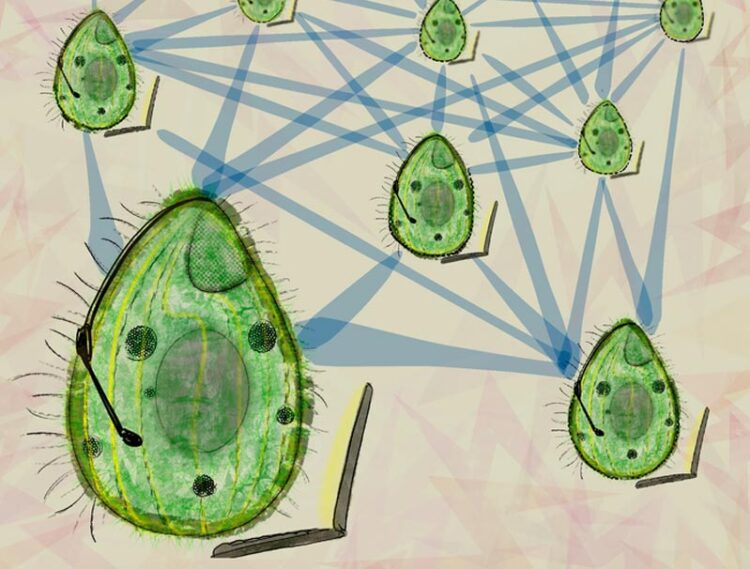Eco-computing

Information processing capacity of natural ecosystem give clues to how ecosystem dynamics are maintained.
Credit: KyotoU/Jake Tobiyama
KyotoU probes the computing potential of ecological networks.
Development of neural networks or AI tools for data analysis is increasing exponentially. However, networks existing in natural ecosystems, such as webs of interspecies relationships, have information processing potential that has largely remained untapped.
Now, a study conducted at Kyoto University has demonstrated the computational power of ecosystems, providing a new direction for rapidly developing AI technologies. Simulations have confirmed that ecological networks, such as prey-predator interactions, can efficiently process information and be utilized as a computational resource.
“We have named this approach ecological reservoir computing,” says Kyoto University’s lead author Masayuki Ushio.
The researchers developed two types of ecological reservoir computing as a proof-of-concept that ecological networks have computational power.
One type is a computer-based approach called in silico ecological reservoir computing, which models hypothetical ecosystem dynamics and simulates the system response. The second is an empirical system called real-time ecological reservoir computing, which uses the real-time population dynamics of the unicellular organism Tetrahymena thermophila.
In the second approach, to confirm the computational power of a natural ecological system, Ushio’s team set up an experimental design using Tetrahymena thermophila. After entering values as the temperature of the culturing medium — or input data — the team obtained cell numbers as system output. The study confirmed the possibility that the Tetrahymena population could make near-future predictions of ecological time series.
“Our results also suggest that there might be a link between high biodiversity and high computational power, shedding light on new values of previously unknown biodiversity,” adds Ushio, currently a principal investigator at The Hong Kong University of Science and Technology.
“A direct relationship between a community’s diversity and computational capability may enhance its biodiversity quotient.”
Ecological communities process a large amount of information in real time in a natural ecosystem, where the potential of ecological interactions to serve as a novel computing method is significantly high.
“Our new computing method might lead to the invention of novel types of computers. Also, in developing a way to measure the information processing capacity of a natural ecosystem, we may find clues to how ecosystem dynamics are maintained,” concludes Ushio.
The paper “Computational capability of ecological dynamics” appeared on 19 April 2023 in Royal Society Open Science, with doi: 10.1098/rsos.221614
About Kyoto University
Kyoto University is one of Japan and Asia’s premier research institutions, founded in 1897 and responsible for producing numerous Nobel laureates and winners of other prestigious international prizes. A broad curriculum across the arts and sciences at both undergraduate and graduate levels is complemented by numerous research centers, as well as facilities and offices around Japan and the world. For more information, please see: http://www.kyoto-u.ac.jp/en
Journal: Royal Society Open Science
DOI: 10.1098/rsos.221614
Article Title: Computational capability of ecological dynamics
Media Contact
Jake G. Tobiyama
Kyoto University
tobiyama.gakuji.6y@kyoto-u.ac.jp
All latest news from the category: Information Technology
Here you can find a summary of innovations in the fields of information and data processing and up-to-date developments on IT equipment and hardware.
This area covers topics such as IT services, IT architectures, IT management and telecommunications.
Newest articles

First-of-its-kind study uses remote sensing to monitor plastic debris in rivers and lakes
Remote sensing creates a cost-effective solution to monitoring plastic pollution. A first-of-its-kind study from researchers at the University of Minnesota Twin Cities shows how remote sensing can help monitor and…

Laser-based artificial neuron mimics nerve cell functions at lightning speed
With a processing speed a billion times faster than nature, chip-based laser neuron could help advance AI tasks such as pattern recognition and sequence prediction. Researchers have developed a laser-based…

Optimising the processing of plastic waste
Just one look in the yellow bin reveals a colourful jumble of different types of plastic. However, the purer and more uniform plastic waste is, the easier it is to…



